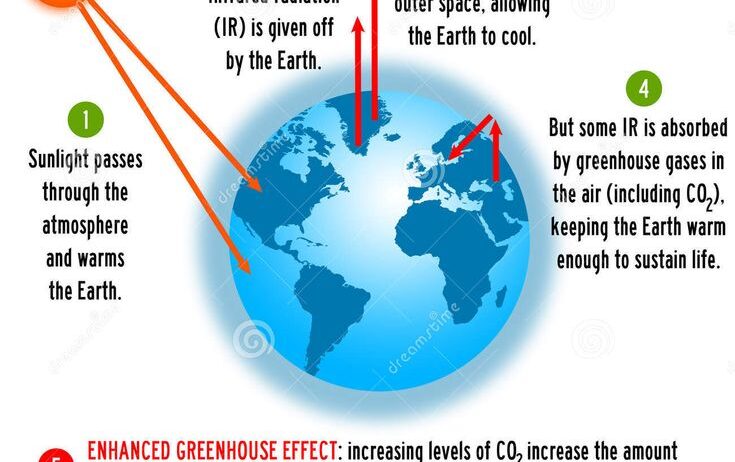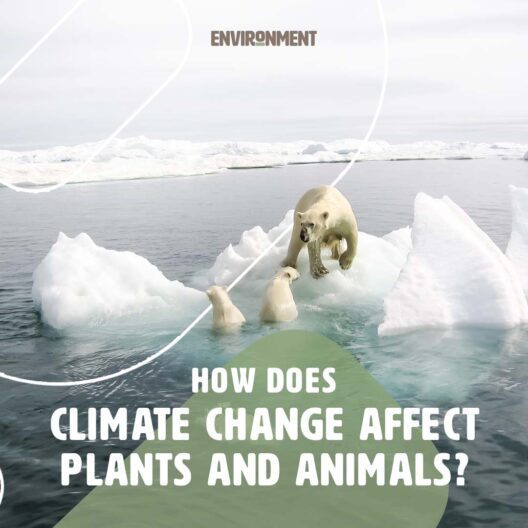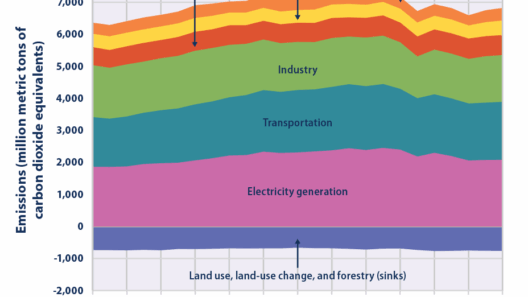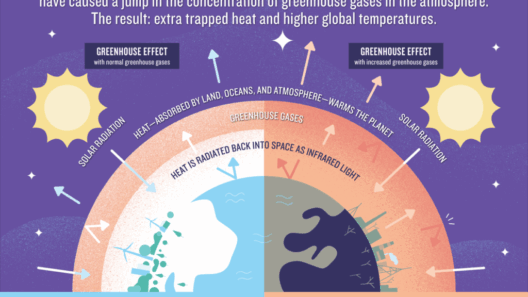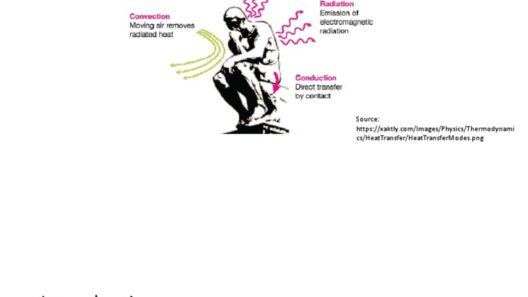The greenhouse effect is a fundamental natural process that enables life on Earth. However, its implications and intricacies have garnered significant attention due to the escalating climate crisis. Understanding when the greenhouse effect occurs and the complex mechanisms behind it is essential to address the pressing concerns of global warming and climate change. This exploration delves into the intricate details of how this effect unfolds, its significance, and its long-term impacts on our ecosystem.
When examining the greenhouse effect, it is critical to grasp its foundational elements: greenhouse gases (GHGs), solar radiation, and Earth’s surface interactions. The phenomenon originates when solar radiation reaches the Earth. When sunlight strikes the planet’s surface, the energy is either absorbed or reflected back into space. What happens next is pivotal to the greenhouse effect. Earth’s surface absorbs most of this radiation and re-emits it as infrared radiation, a process that begins the dance of thermal dynamics.
The role of greenhouse gases such as carbon dioxide, methane, and nitrous oxide cannot be overstated. These gases are instrumental in trapping infrared radiation—a process akin to a blanket keeping you warm on a cold night. However, the increasing concentration of these gases due to anthropogenic activities exacerbates this natural mechanism, leading to enhanced greenhouse effects. This is where understanding timing becomes critical: the accumulation of GHGs in the atmosphere occurs over years to decades, resulting in a lagging effect that amplifies climate-related changes.
One must consider that the greenhouse effect does not happen uniformly across the globe. Factors such as geographical location, seasonal climatic conditions, and human activities influence the intensity of the effect. Therefore, understanding when and where the greenhouse effect is most pronounced is vital for assessing its implications on environmental policies and climate action strategies.
The onset of the greenhouse effect begins during the day as solar radiation saturates the Earth’s surface. This solar influx is strongest when the sun is at its zenith, usually around noon. However, all hours of sunlight contribute, leading to gradual warming. During sunset, the temperature starts to decline, but if greenhouse gases are present in elevated concentrations, they inhibit the infrared radiation from escaping back into space, maintaining elevated temperatures longer than they would naturally. This results in an extended warming period, especially noticeable in urban environments where the heat retention phenomenon is amplified by concrete and asphalt.
Moreover, understanding the greenhouse effect must also include discussions around seasonal transformations. In winter, shorter days and lowered temperatures reduce solar radiation, yet the greenhouse gases remain. For instance, when snow covers the ground, it reflects a significant portion of solar energy. However, during the brief sunny intervals, the heat still finds its way into the atmosphere, and existing GHGs contribute to nocturnal warming, demonstrating how the greenhouse effect operates beyond mere daytime phenomena.
Another key aspect is the interaction between human activities and natural processes. Industrialization has drastically increased GHG emissions, particularly since the mid-20th century. Fossil fuel combustion, deforestation, and agricultural practices have all contributed to this surge, which has essentially shifted the timing and intensity of the greenhouse effect. This has broad implications—ranging from altered weather patterns to increased frequency and intensity of extreme weather events.
Rising levels of atmospheric carbon dioxide, for example, are often correlated with industrial activities. Particularly in urban areas, the increased vehicular emissions exacerbate the greenhouse effect, especially during peak hours when traffic congestion results in slower mobility and, consequently, increased GHG emissions. This scenario illustrates the intricate loop of emissions timing and atmospheric responses, demanding urgent attention from policymakers and environmentalists alike.
Another intriguing angle of the greenhouse effect is its feedback mechanisms. These can either amplify or mitigate the impact of climate change. For instance, as the Earth warms, ice sheets and glaciers begin to melt, reducing the reflective surfaces that traditionally kept global temperatures in check, leading to further warming and thus intensifying the greenhouse effect. Understanding this feedback loop provides critical insights into climate modeling and forecasting future scenarios.
In summation, the greenhouse effect is a multifaceted phenomenon that happens not just as a discrete event but as an ongoing process influenced by various factors and accumulating memories of energy within our atmosphere. Its pacing and intensity are dictated by natural elements alongside human-induced changes, creating a complex web of interdependencies. Addressing the greenhouse effect effectively necessitates a deeper understanding of its triggers and consequences over time, emphasizing the urgency for global efforts in reducing greenhouse gas emissions, transitioning to sustainable energy sources, and investing in innovative technologies that can capture and sequester carbon from the atmosphere.
Ultimately, the greenhouse effect serves as both a warming shield essential for life and a harbinger of the potential devastation wrought by unchecked climate change. Recognizing when and how this effect transpires will empower individuals, communities, and nations to make informed choices and take meaningful actions toward a healthier planet.


